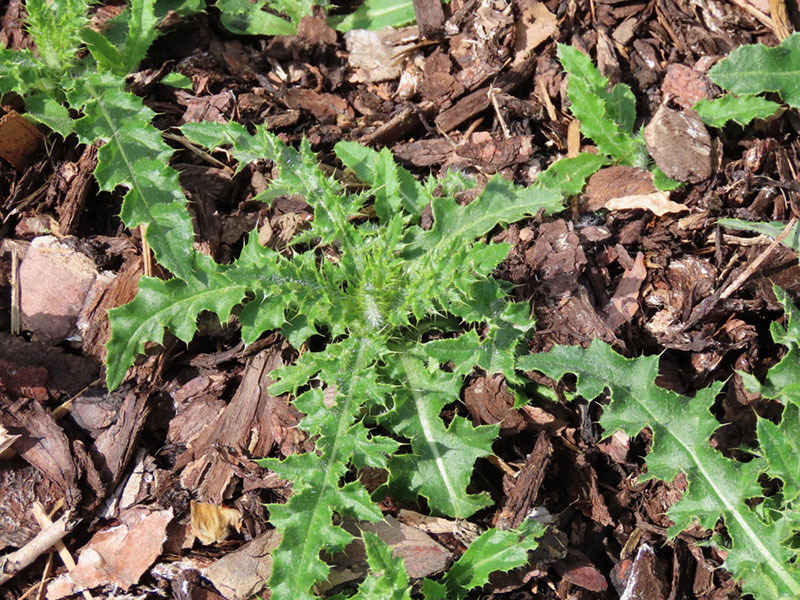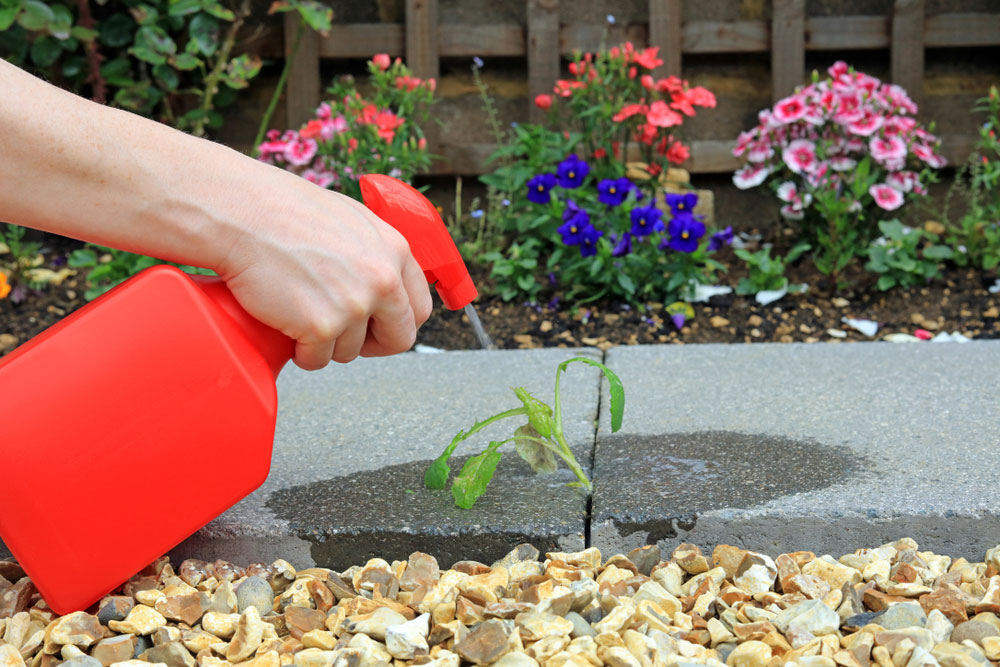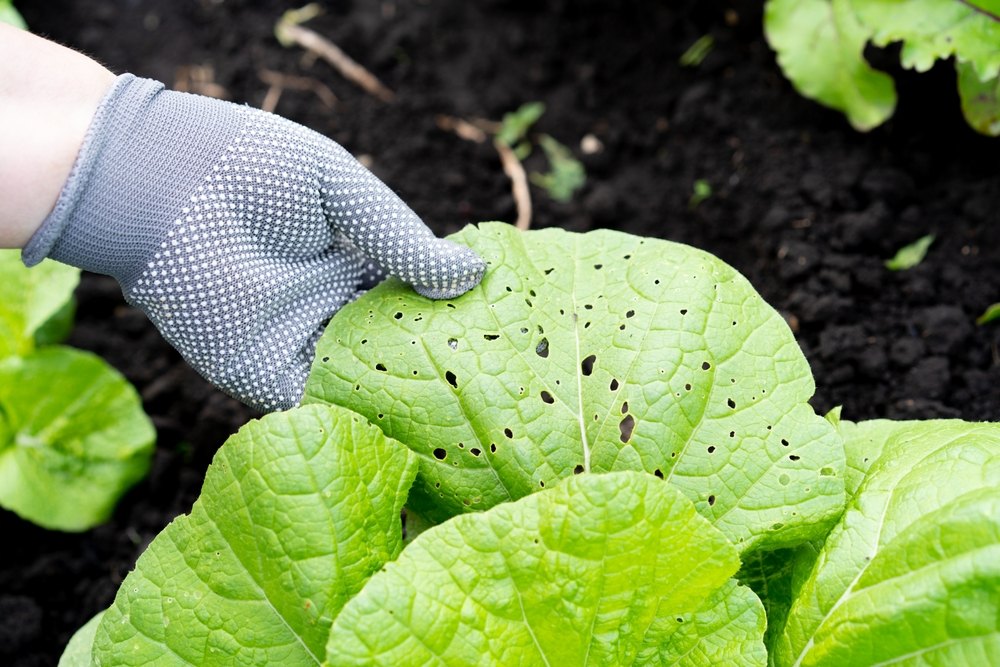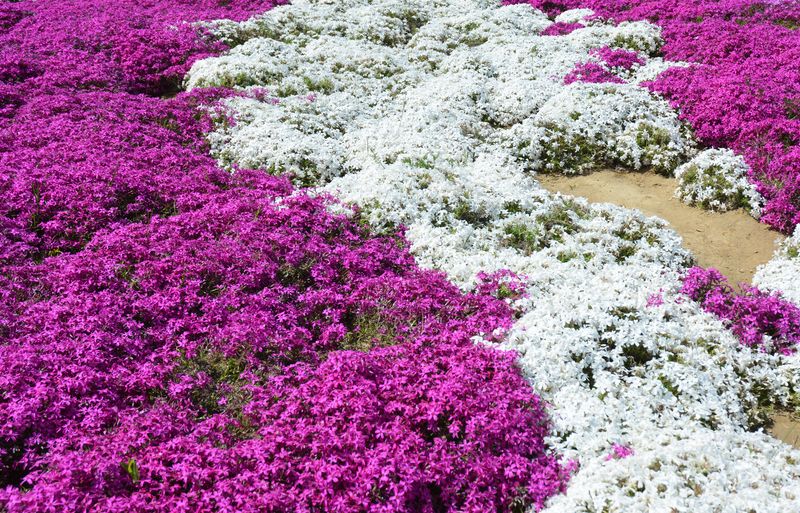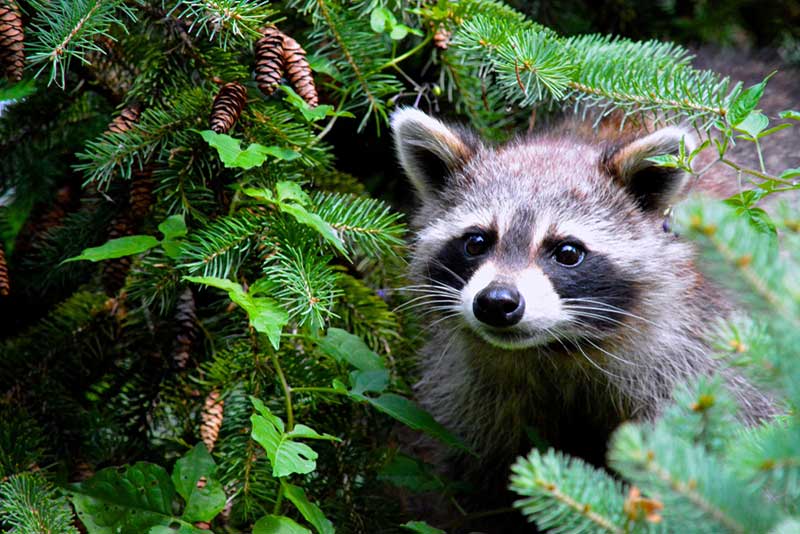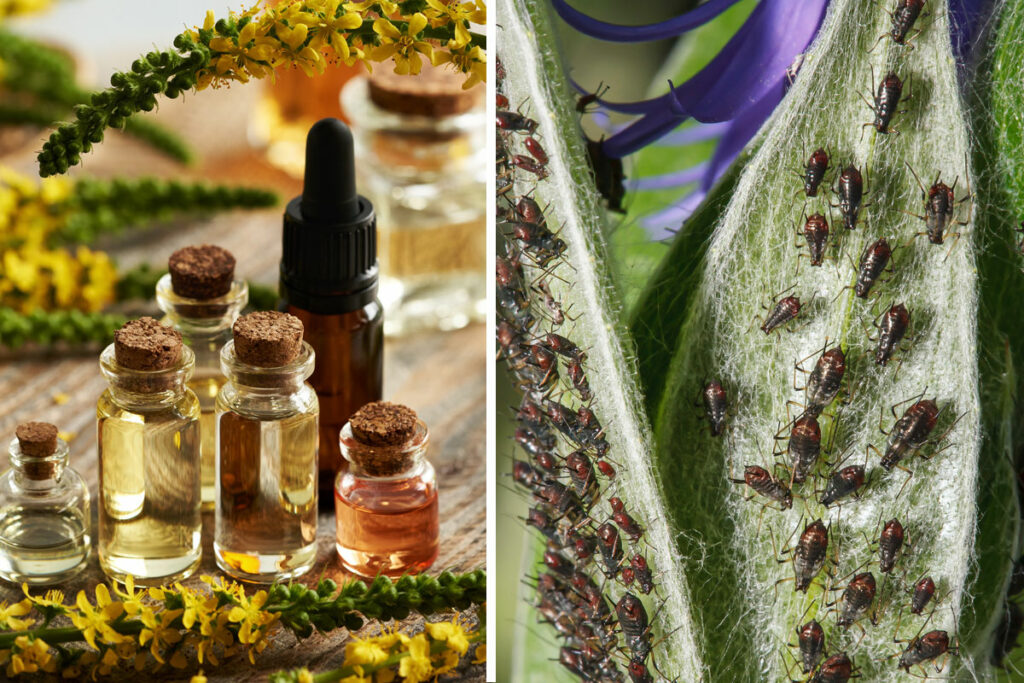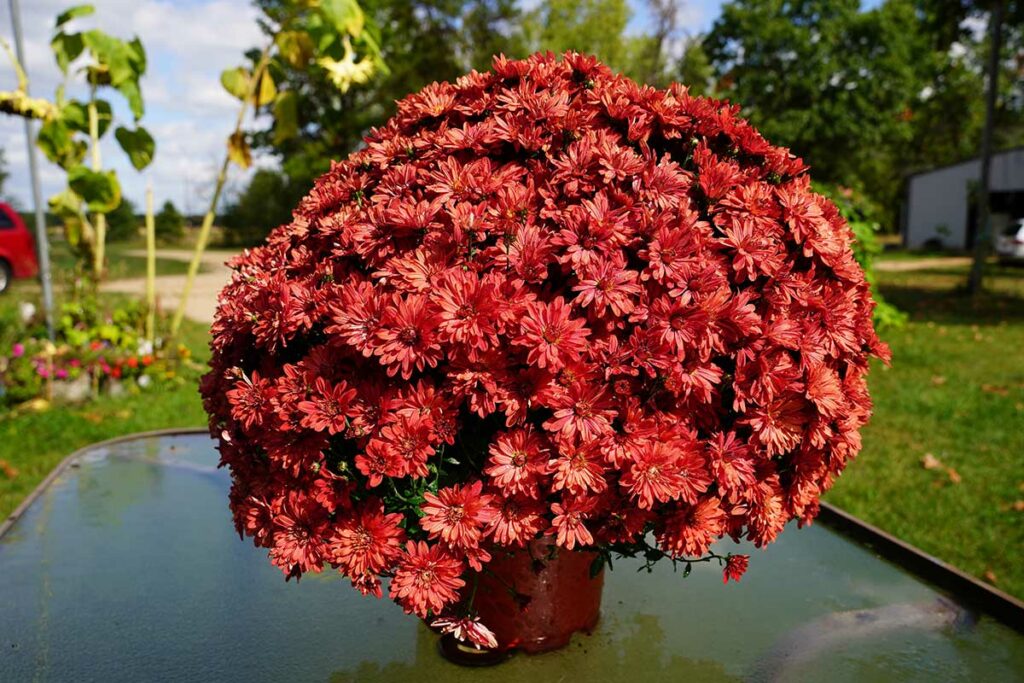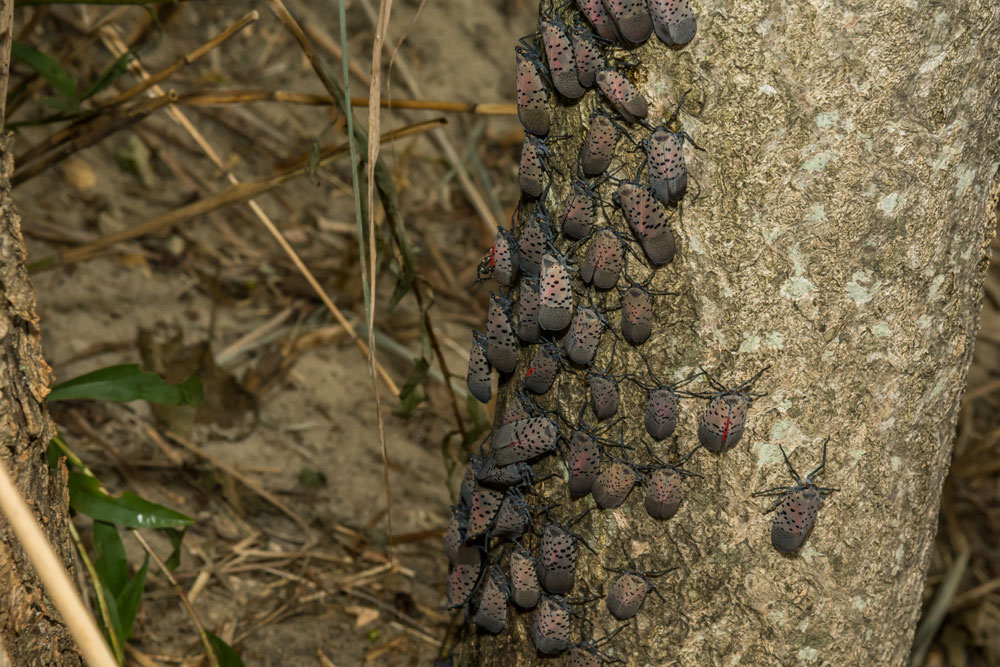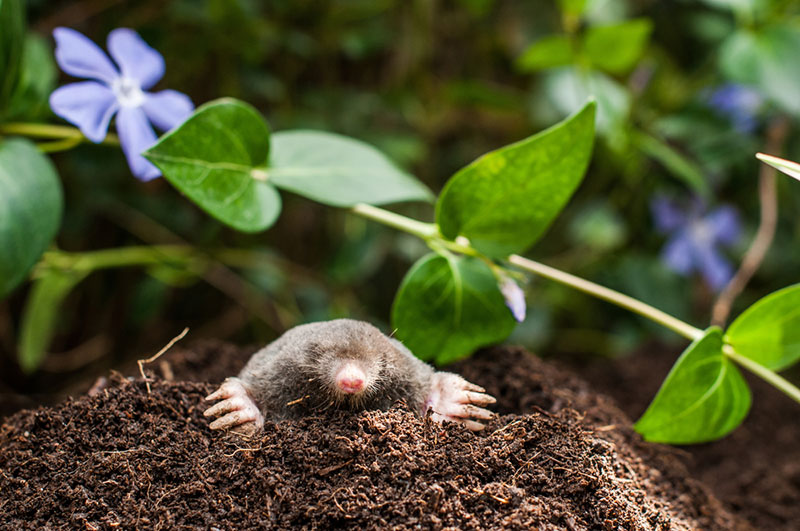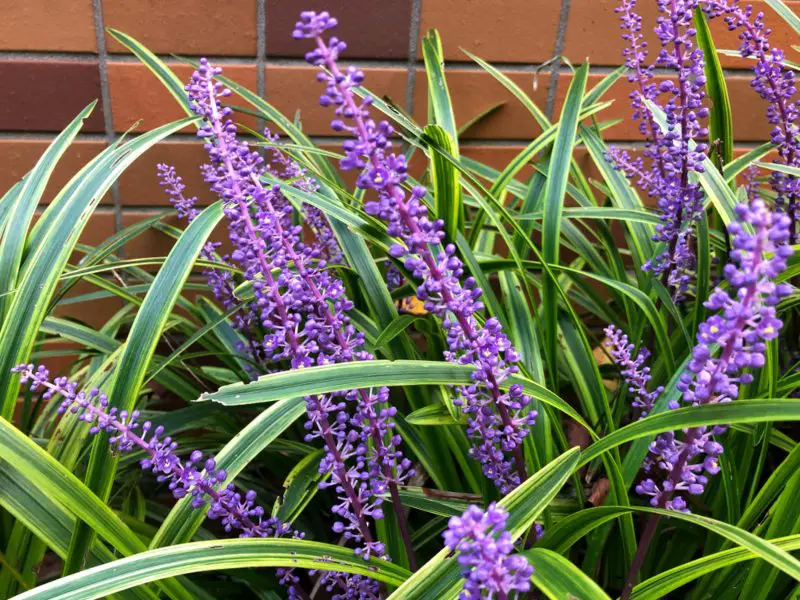
Ornamental grasses, with their dramatic flair and naturalized aesthetic, have found a special place in the hearts of home gardeners and landscapers. With over 10,000 species to choose from, they add a dynamic touch to any landscape. But there’s a catch – not all of them play nice.
Some of these grasses, when grown outside of their native range, can become invasive, elbowing out local species and spreading unchecked. This is particularly true for those that spread by rhizomes, a type of root that can sprout anew even after the plant’s leaves are pulled. That’s why it’s essential to know which ones to avoid, saving you the backbreaking work of trying to contain them later.
In this article, we’ll delve into the world of ornamental grasses, identifying 10 popular species that, while beautiful, can become more of a headache than a highlight in your garden.
Understanding Invasive Ornamental Grasses
You may be wondering, “What’s the fuss about invasive ornamental grasses?” Let’s dive in and explore this garden challenge, its causes, and impacts.
What Makes Ornamental Grasses Invasive?
Ornamental grasses become ‘invasive’ when they grow beyond their natural habitat and outperform local plant species. This usually happens with non-native grasses planted in a different geographical area. The key troublemaker here is something called a rhizome – a type of underground stem that can sprout new plants. Some aggressive ornamental grasses spread rapidly via these rhizomes, making them hard to contain and control, even when you’re diligent about pulling their leaves.
The Impact of Invasive Grasses on Ecosystems
The intrusion of invasive ornamental grasses can take a serious toll on local ecosystems. These rampant grasses can quickly choke out existing native plants by monopolizing resources like sunlight, nutrients, and water. What’s worse, they can also be resistant to many herbicides, adding an extra level of difficulty to containment efforts. A notable example is Johnson Grass, which rapidly grows, spreads, and is resilient against many commonly used herbicides. Such pervasive grasses can wreak havoc in your gardens, often turning garden maintenance into a relentless struggle.
Now that you’re ‘in the know’ about invasive ornamental grasses, it’s a good idea to be mindful when choosing grasses for your garden. Opt for native grasses whenever possible, or be ready to put in that extra maintenance effort for any foreign beauties you introduce.
Native vs. Invasive Ornamental Grass
- Distinguish: Understanding the difference between native and invasive ornamental grasses is crucial for successful landscaping. Native grasses, like ‘Little bluestem’ (Schizachyrium scoparium) or ‘Prairie dropseed’ (Sporobolus heterolopsis), are naturally occurring in specific regions. They’ve adapted to the local climate, soil conditions, and interact favorably with native wildlife.
- Recognize: On the other hand, invasive grasses such as ‘Pampas grass’ (Cortaderia selloana) and ‘Maidengrass’ (Miscanthus spp.), while attractive, can proliferate and spread aggressively, often outcompeting local plant populations. These grasses are often sold in nurseries and can be identified by their vigorous growing habits and resistance to common herbicides.
- Be Informed: For the responsible gardener, it’s essential to know what you’re planting. While Pampas grass may look stunning beside the mailbox or as a living fence, it’s known to seed and spread prolifically. It’s even banned from sale in places like California, Hawaii, South Africa, and New Zealand due to invasive tendencies.
- Make Smart Choices: Similarly, Maidengrass, with its numerous species and cultivars in the nursery trade, might be tricky to navigate for the average gardener. If you’re unsure, I’d recommend consulting with a local horticulturist or a trusted nursery to avoid unintentionally introducing an invasive species to your garden.
- Keep it Local: In my experience, it’s always a good idea to opt for native grasses whenever possible. These grasses not only add beauty to your garden but also support local ecosystems by providing habitat and food sources for local fauna. Native grasses such as Indiangrass or Northern sea oats are not just visually appealing but environmentally responsible choices as well.
Remember, beauty shouldn’t come at the cost of biodiversity. Our choices in the garden can have profound effects on the local environment. Make wise decisions, think locally, and let’s promote the growth of our native ornamental grasses.
Top 10 Invasive Ornamental Grasses
In the world of gardening, striking a balance between aesthetics and environment is crucial. As we continue our discussion, let’s take a look at ten invasive ornamental grasses that, despite their beauty, can present challenges in managing and can potentially disrupt local ecosystems.
Lilyturf

First on our list is Lilyturf, a lush, evergreen grass loved for its beautiful lavender flowers. However, its quick-spreading nature, facilitated by underground stems can choke native flora if not regularly contained.
Pampas Grass
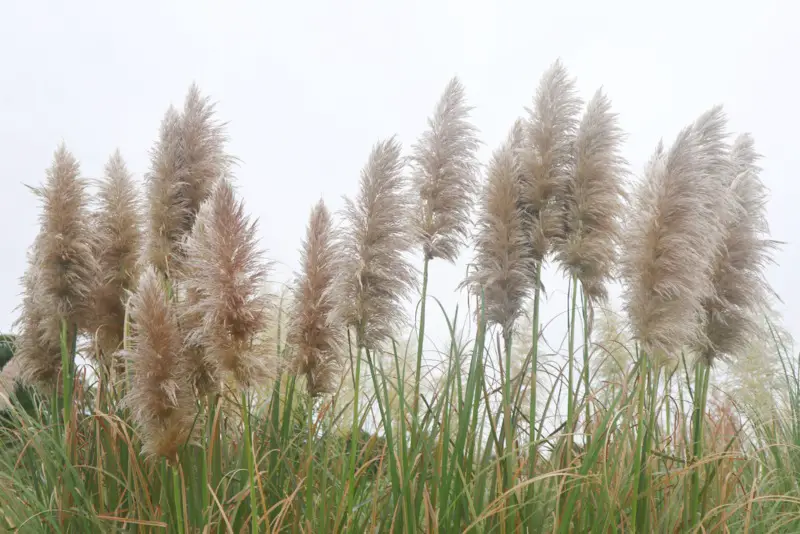
Pampas Grass, recognized by its tall, feather-like plumes, can grow rapidly reaching full size in just a few months. It spreads not through rhizomes, but seed distribution, making it a tricky invader to control.
Japanese Silver Grass
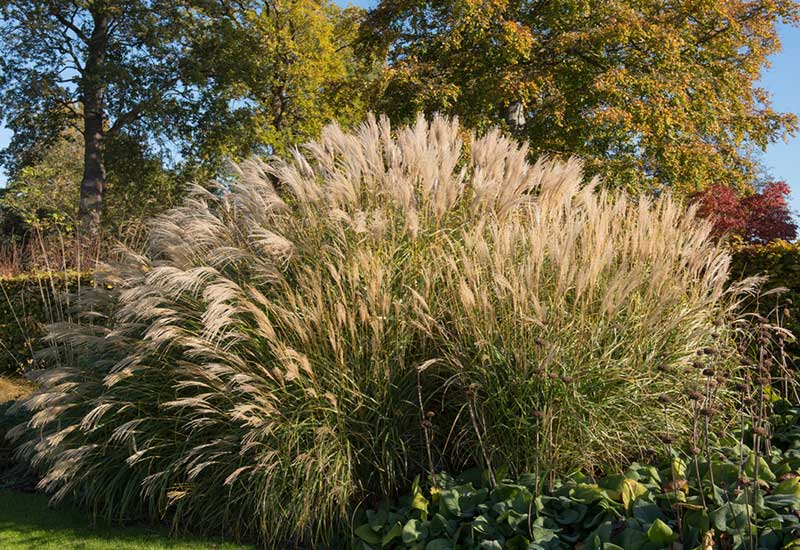
Also known as Miscanthus, Japanese Silver Grass is a perennial grass that’s quite attractive with its silver-grey plumes. This species is notorious for escaping cultivation, overtaking native plants and altering wildlife habitats.
Johnson Grass
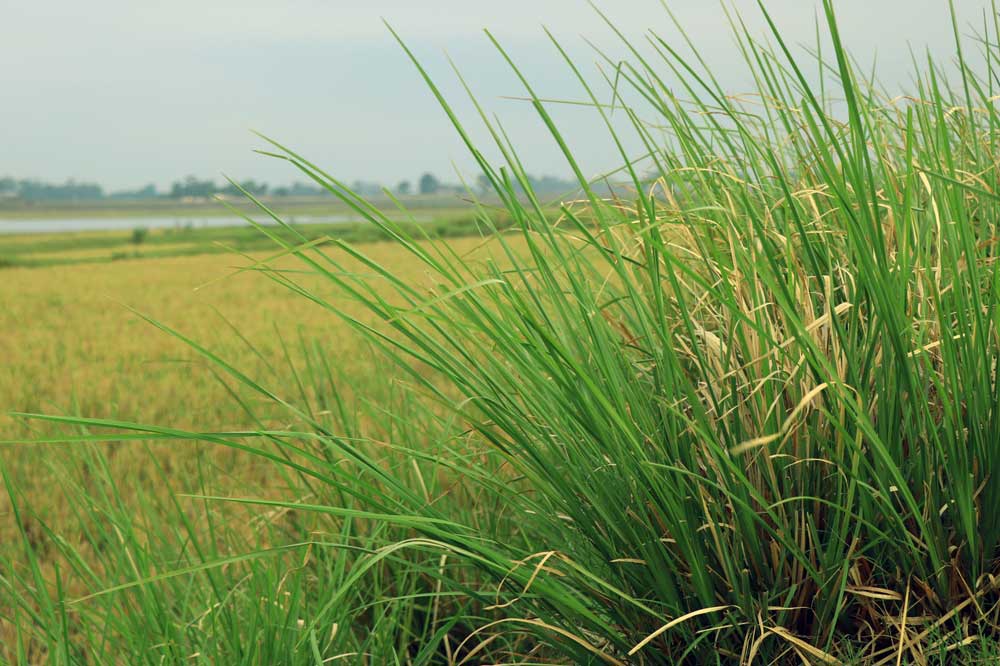
Johnson Grass is a perennial, tropical grass known for its rapid growth and resistance to drought. It quickly establishes in cultivated fields, pastures, and ditches and has a reputation for outcompeting native species and disrupting agricultural activities.
Mexican Feather Grass
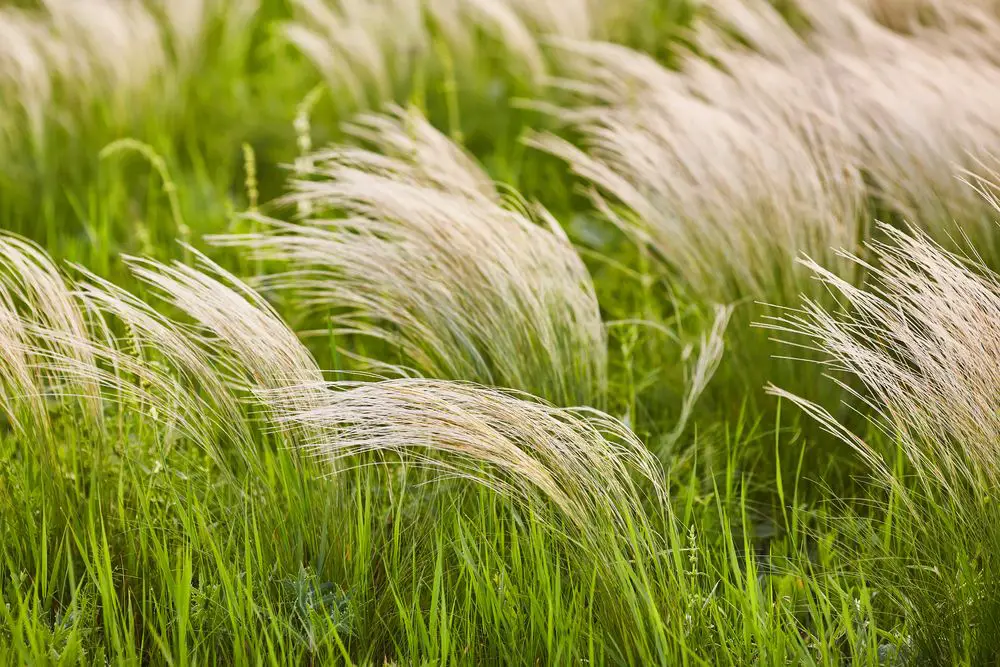
Mexican Feather Grass produces more than 10,000 seeds that are dispersed by wind, water, and animal feces, making it a high-impact invasive species. This grass monopolizes resources, potentially crowding out pasture and native grasses.
Bamboo
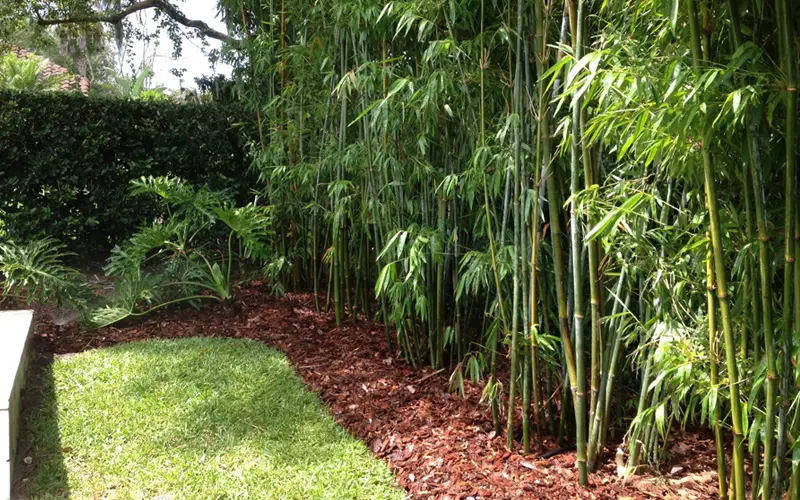
Bamboo, although popular with gardeners for its tall, sturdy stems and distinct aesthetic, can become an uncontrollable invader. Its robust growth often outpaces native plants, sometimes leading to monoculture.
Blue Oat Grass (Helictotrichon sempervirens)
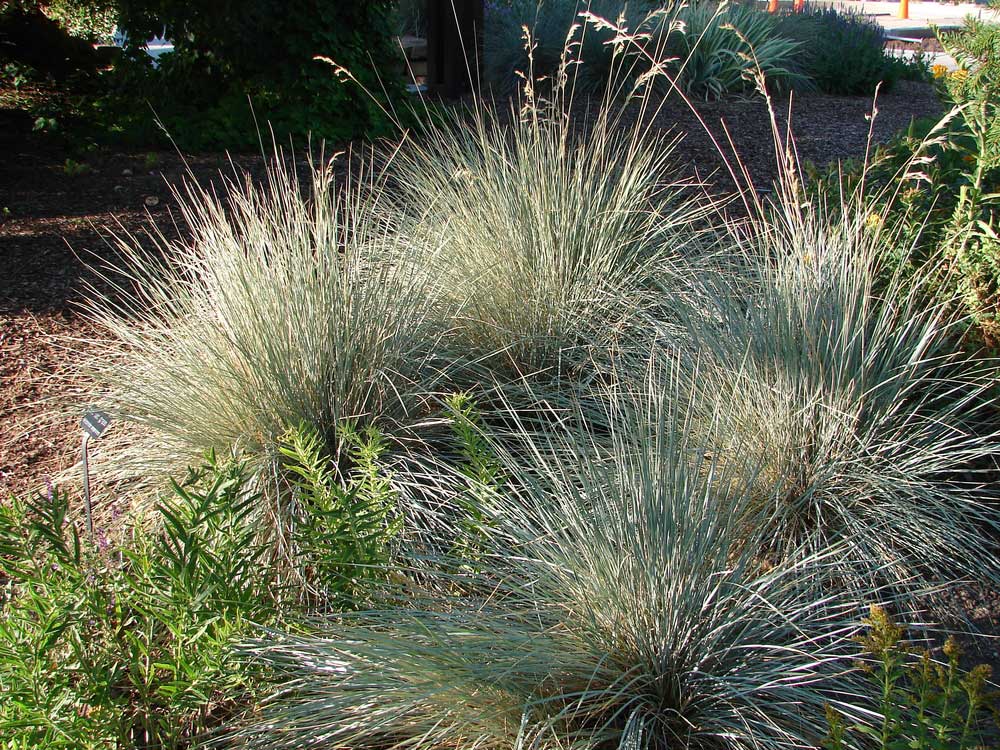
The Blue Oat Grass, with its spiky blue-gray leaves, is quite the garden attraction. But, left unchecked, this ornamental grass can spread quickly and encroach on surrounding ecosystems.
Marram Grass
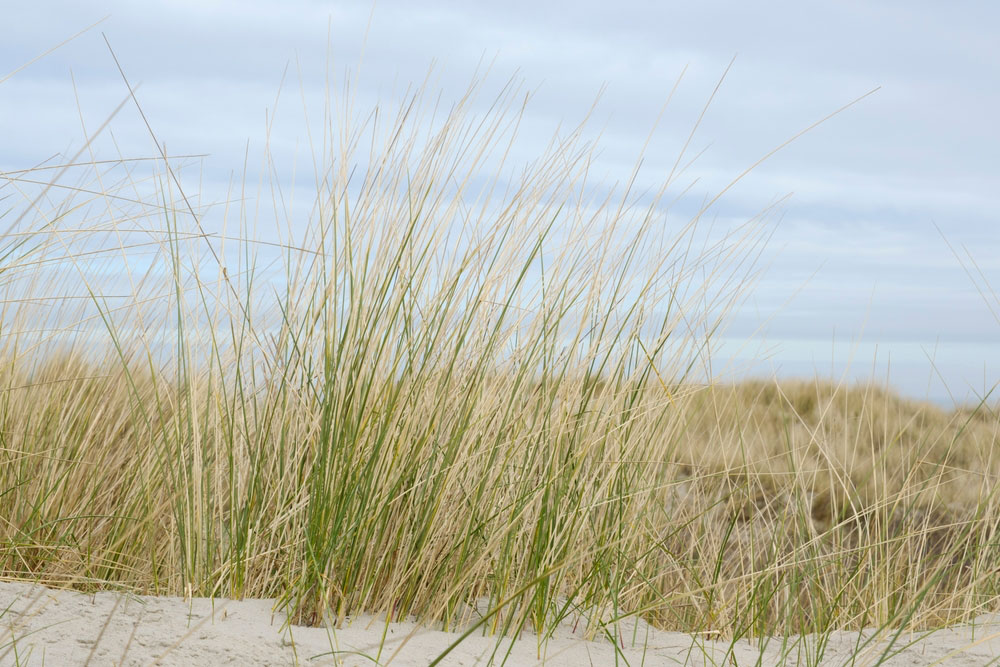
Next up is Marram Grass, a species famous for dune formation. While it’s beneficial in preserving coastal lands, in other settings it rapidly colonizes, outperforming native flora.
Common Reed
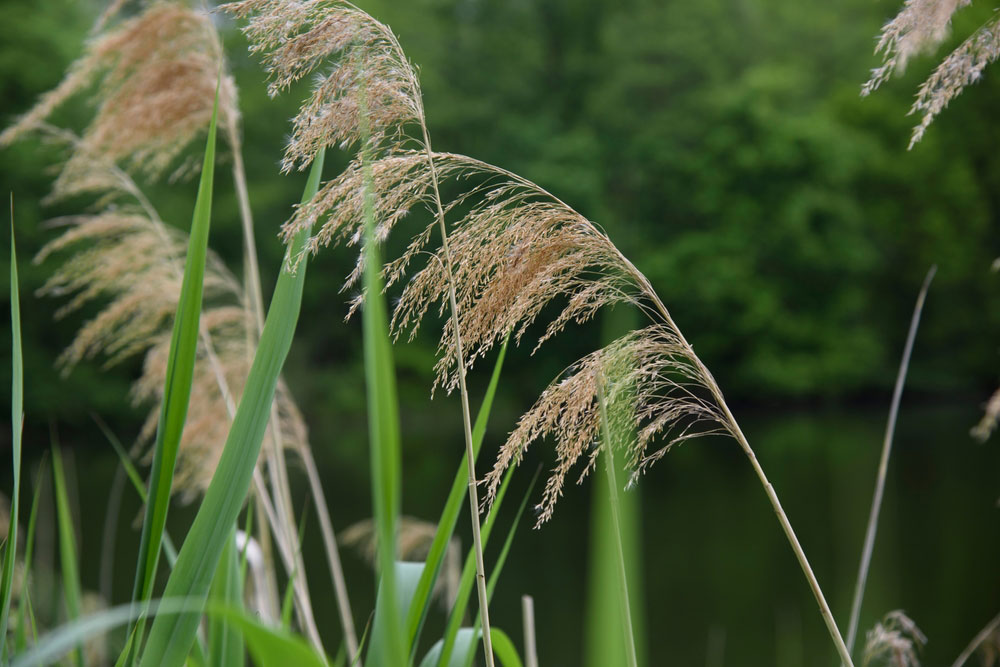
The Common Reed is a tall, sturdy grass often utilized for crafting or biofuel. This grass proliferates rapidly, replacing native wetland plants, and altering habitats of wetland wildlife.
Reed Canary Grass
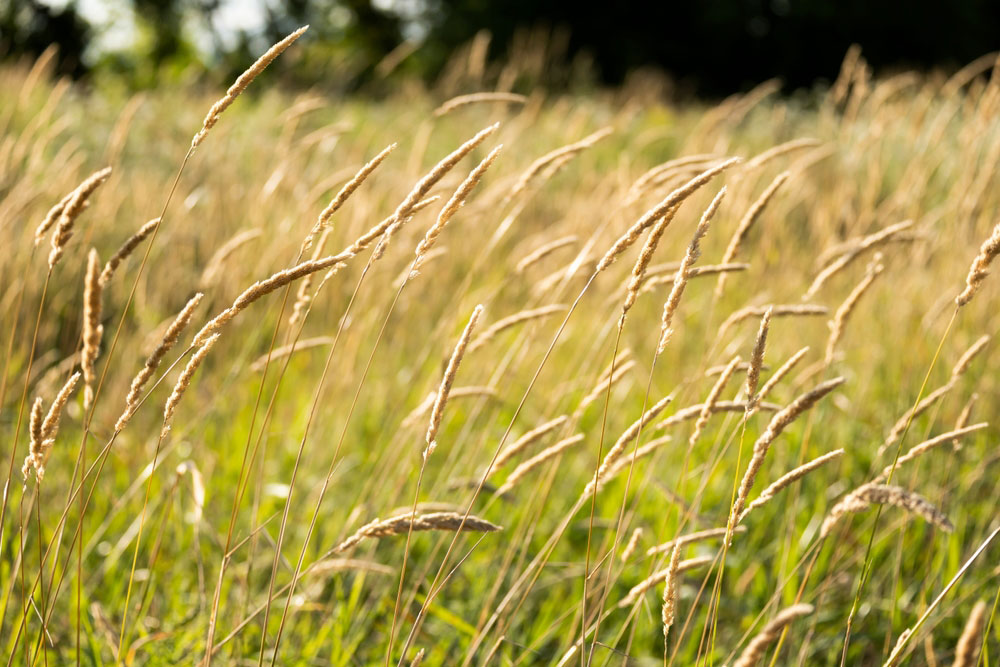
Last on our list, Reed Canary Grass is a species well-adapted to wetland areas. This grass can form dense monocultures, leaving little room for native species and altering the structure and function of wetland ecosystems.
Mitigation and Removal Techniques
So there you have it. We’ve taken a deep dive into the world of ornamental grasses and the potential harm that invasive species can cause. They’re beautiful, no doubt, but they can also be a real headache if not managed properly. It’s clear that we need to be mindful of the choices we make in our gardens.
Remember, it’s not about shunning all non-native species. It’s about making informed decisions, understanding the potential impact and being prepared to put in the extra work to keep things under control.
Opting for native grasses like ‘Little bluestem’ and ‘Prairie dropseed’ can make a big difference. Not only will you be supporting your local ecosystem, but you’ll also save yourself from the struggle of trying to contain fast-spreading invaders like ‘Pampas grass’ and ‘Maidengrass’.
So let’s keep our gardens beautiful and our ecosystems thriving.





